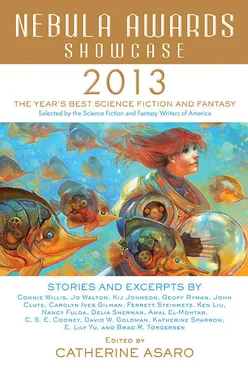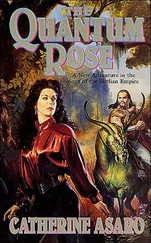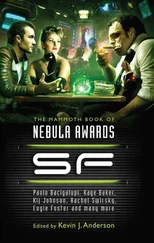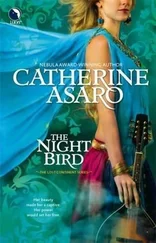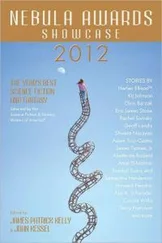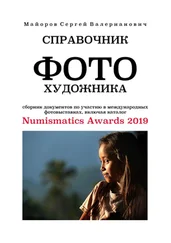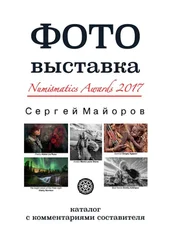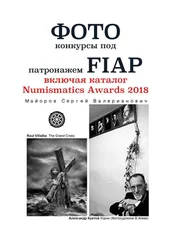The people had come to the Valleys, or rather their ancestors had, at the beginning of the Industrial Revolution. Under the hills there were iron and coal, and the Valleys were the boom towns of their day, filling up with people. If you’ve ever wondered why there wasn’t a Welsh immigration to the New World on the scale of the Irish or Scottish ones it isn’t because the people didn’t need to leave their farms in the same way. It’s because they had somewhere of their own to go. Or at least, they thought it was their own. English people came too. The Welsh language lost out. Welsh was my grandmother’s first language, my mother’s second language and I can only fumble along in it. My grandmother’s family had come from west Wales, from Carmarthenshire. We still had relatives there, Mary-from-the-country and her people.
My ancestors came like everyone else, after iron was discovered, and coal. People started building smelters on the spot, railroads to take it out, houses for workers, more smelters, more mines, more houses until the valleys were solid strips of habitation up and down. The hills were always there between, and the fairies must have huddled in the hills. Then the iron ran out, or was cheaper to produce somewhere else, and while there was still coal mining it was a pitiful remnant of the boom of a hundred years before. Iron works were abandoned. Pits closed down. Some of the people left, but most stayed. It was home by then. By the time we were born, chronic unemployment was a fact of life and the fairies had crept back down into the valleys and taken over the ruins that nobody wanted.
We grew up playing freely in the ruins and had no real sense of this history. It was a wonderful place for children. It was abandoned and grown over and ignored, and once you slipped away from the houses it was wild. You could always go up the mountain into real countryside, which had rocks and trees and sheep, grey-coated from coal dust and unappealing. (I can’t understand how people are sentimental about sheep. We used to shout “Mint sauce!” at them to get them to run away. Auntie Teg always winced at that and told us not to, but we kept on doing it. They’d come down into the valley and knock over dustbins and destroy gardens. They were the reason you had to keep gates shut.) But even down in the valley, running through everything were the seams of trees and ruins running everywhere, through and under and parallel to the town. It wasn’t the only landscape we knew. We went to Pembrokeshire on holiday, and up to the real mountains, the Brecon Beacons, and to Cardiff, which is a city, with city shops. The Valleys were home, they were the landscape of normality, and we never questioned it.
The fairies never said they built the ruins. I doubt we asked, but if we had they’d just have laughed, as they did at most of our questions. They were just inexplicably there or, some days inexplicably not there. Sometimes they would talk to us, and other times flee from us. Like the other children we knew, we could play with them or without them. All we really needed was each other and our imagination.
The places of my childhood were linked by magical pathways, ones almost no adults used. They had roads, we had these, they were for walking, they were different and extra, wider than a path but not big enough for cars, sometimes parallel to the real roads and sometimes cutting from nowhere to nowhere, from an elven ruin to the labyrinth of Minos. We gave them names but we knew unquestioningly that the real name for them was “dramroads.” I never turned that word over in my mouth and saw it for what it was: Tram road. Welsh mutates initial consonants. Actually all languages do, but most of them take centuries, while Welsh does it while your mouth is still open. Tram to dram, of course. Once there had been trams running on rails up those dramroads, trams full of iron ore or coal. So empty and leaf-strewn, used by nobody but children and fairies, once they’d been little railroads.
It wasn’t that we didn’t know history. Even if you only count the real world, we knew more history than most people. We’d been taught about cavemen and Normans and Tudors. We knew about Greeks and Romans. We knew masses of personal stories about World War II. We even knew quite a lot of family history. It just didn’t connect to the landscape. And it was the landscape that formed us, that made us who we were as we grew in it, that affected everything. We thought we were living in a fantasy landscape when in actually we were living in a science fictional one. In ignorance, we played our way through what the elves and giants had left us, taking the fairies’ possession for ownership. I named the dramroads after places in The Lord of the Rings when I should have recognised that they were from The Chrysalids .
It’s amazing how large the things are that it’s possible to overlook.
It is sunset. The sky is splendid through the panes of my bedroom window; billowing layers of cumulous blazing with refracted oranges and reds. I think if only it weren’t for the glass, I could reach out and touch the cloudscape, perhaps leave my own trail of turbulence in the swirling patterns that will soon deepen to indigo.
But the window is there, and I feel trapped.
Behind me my parents and a specialist from the neurological research institute are sitting on folding chairs they’ve brought in from the kitchen, quietly discussing my future. They do not know I am listening. They think that, because I do not choose to respond, I do not notice they are there.
“Would there be side effects?” My father asks. In the oppressive heat of the evening, I hear the quiet Zzzap of his shoulder laser as it targets mosquitoes. The device is not as effective as it was two years ago: the mosquitoes are getting faster.
My father is a believer in technology, and that is why he contacted the research institute. He wants to fix me. He is certain there is a way.
“There would be no side effects in the traditional sense,” the specialist says. I like him even though his presence makes me uncomfortable. He chooses his words very precisely. “We’re talking about direct synaptic grafting, not drugs. The process is akin to bending a sapling to influence the shape of the grown tree. We boost the strength of key dendritic connections and allow brain development to continue naturally. Young neurons are very malleable.”
“And you’ve done this before?” I do not have to look to know my mother is frowning.
My mother does not trust technology. She has spent the last ten years trying to coax me into social behavior by gentler means. She loves me, but she does not understand me. She thinks I cannot be happy unless I am smiling and laughing and running along the beach with other teenagers.
“The procedure is still new, but our first subject was a young woman about the same age as your daughter. Afterwards, she integrated wonderfully. She was never an exceptional student, but she began speaking more and had an easier time following classroom procedure.”
“What about Hannah’s… talents?” my mother asks. I know she is thinking about my dancing; also the way I remember facts and numbers without trying. “Would she lose those?”
The specialist’s voice is very firm, and I like the way he delivers the facts without trying to cushion them. “It’s a matter of trade-offs, Mrs. Didier. The brain cannot be optimized for everything at once. Without treatment, some children like Hannah develop into extraordinary individuals. They become famous, change the world, learn to integrate their abilities into the structures of society. But only a very few are that lucky. The others never learn to make friends, hold a job, or live outside of institutions.”
Читать дальше
